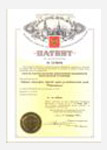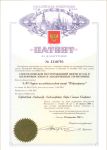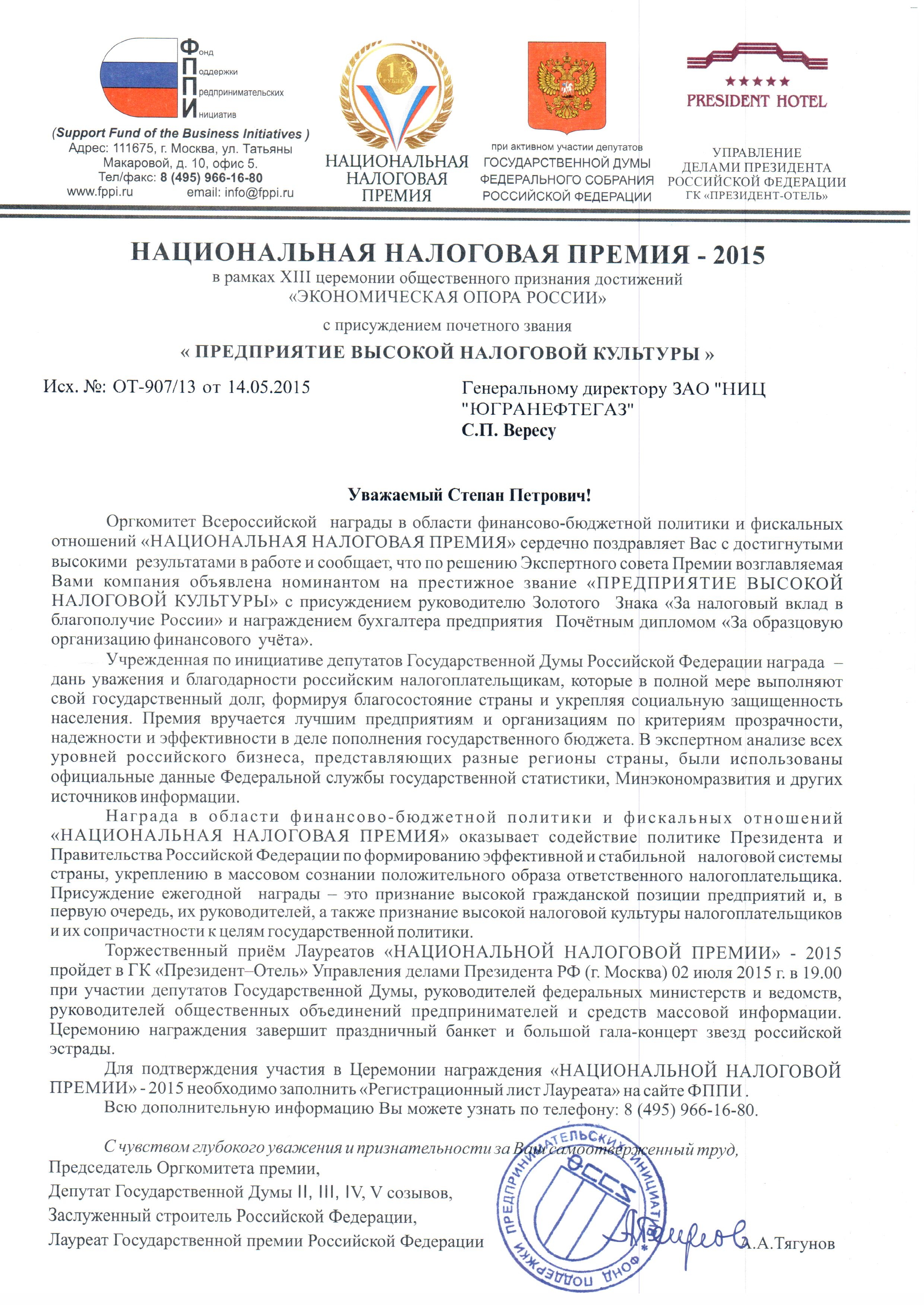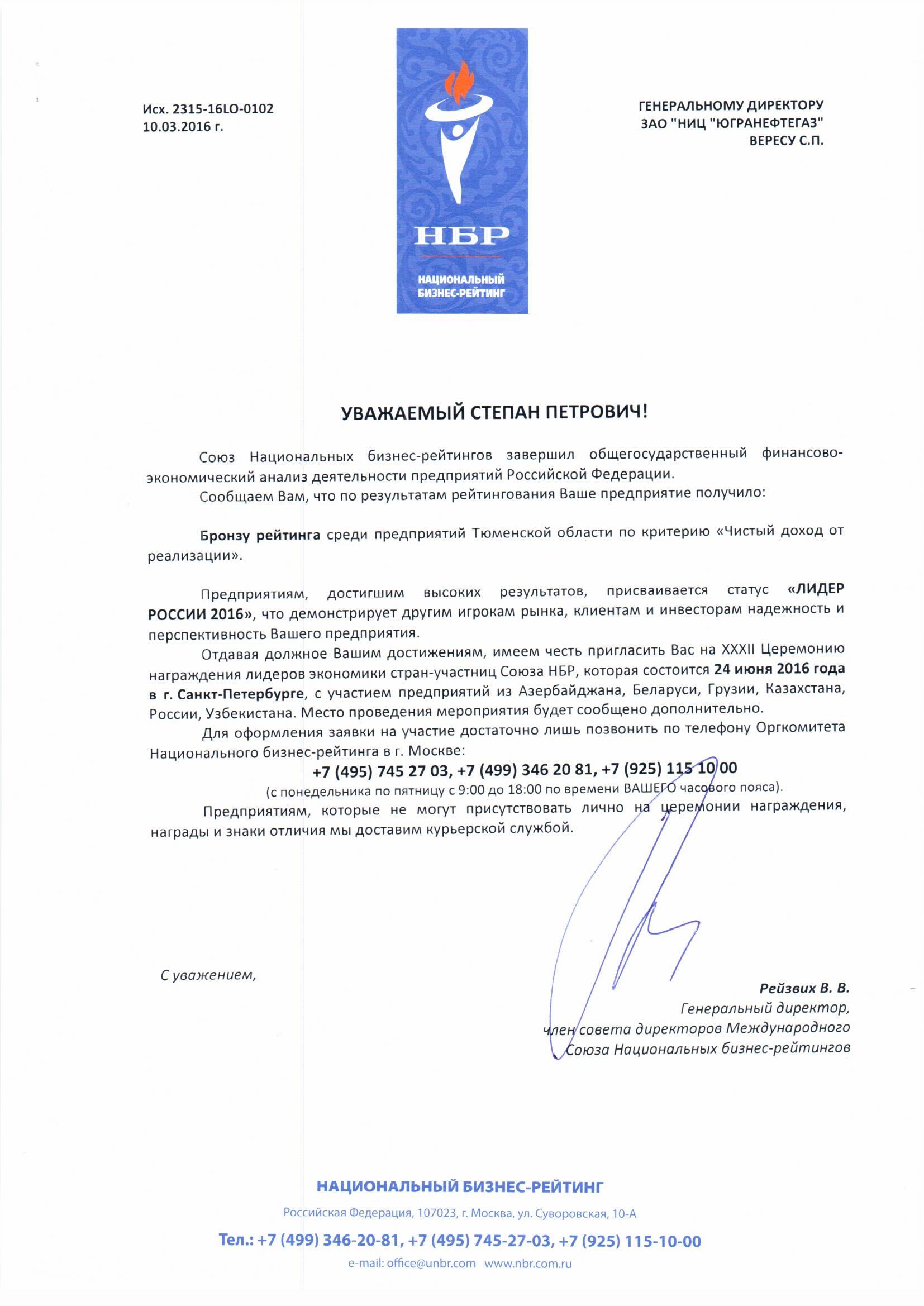YUGRANEFTEGAS Research Center developed and registered oil & gas exploration technology, allowing to reduce the total cost of exploration activities by 20-30%, increase their effectiveness, and considerably lower the probability of non-producing well drilling.
This technology may be applied both onshore and offshore. The main components of the technology are geochemical survey and seismic works.
The division between geochemical survey and seismic works depends on the stage of geological survey process at each specific site as well as on the scope and types of surveys implemented before the above-mentioned technology is applied.
Onshore geochemical survey is carried out on license blocks and underexplored sites, with seismic works being done only in areas where the oil-and-gas potential has been evaluated as positive according to the results of the prospects of geochemical surveys.
After all the data available (in particular, those obtained as a result of geochemical survey and seismic works) are integrated, processed and interpreted, the models of anticipated deposits are built and the points for exploratory and delineation well drilling are selected.
The analysis of geochemical works carried out both in Russia and abroad, shows that the negative opinions on the prospects of local objects based on the results of geochemical surveys are confirmed in 100% cases, and for the positive opinions this indicator is 60-95%.
List
Types of geochemical and geophysical surveys offered by YUGRANEFTEGAS Research Center for oil & gas exploration
2. Magnetic mapping
3. Gamma-ray spectrometry
4. Thermoluminescent radioactivity survey using thermoluminescent detector chips
Reinterpretation of CDP stacked data using seismic stratigraphy methods to forecast unstructured traps.
Types of gas geochemical surveys conducted by YUGRANEFTEGAS Research Center
•Geochemical survey with the collection of samples of rocks (soils), snow or water with their further degassing and chromatographic study of the liberated gas content.
•Atmogeochemical survey with the collection of samples of free pore gas from surface sediments, snow cover or air samples from near-surface layers of the atmosphere.
Classic Atmogeochemical Survey
Pore gas samples obtained by degassing of the samples of soils, drilling liquid, snow or water or directly obtained from the pore space of soils or snow are analyzed using gas chromatographs with flame ionization detectors (FID).
Such detectors have the sensitivity of up to 10-6, i.e. one hydrocarbon molecule per one million of air molecules.
Saturated and unsaturated hydrocarbons from methane to hexane are determined, in particular in background and anomalous fields.
Heavier hydrocarbons in free gases of pore spaces and near-surface layers of the atmosphere are usually present in the quantities which may not be directly determined using gas chromatography methods.
In the process of such surveys, a certain quantity of free pore gas or gas obtained through thermovacuum degassing of the samples of rocks (soils), is pumped through a capsule from a chromatograph thermal desorption unit filled with a of several special sorbents.
Throughout this process, hydrocarbon concentration grows up so many times as many times the volume of the gas pumped is more than the volume of the gas sample inserted to the chromatograph when conducting regular tests.
Atmogeochemical survey using active adsorption method with the collection of the samples for sorbent
In the process of such surveys, a certain quantity of free pore gas or gas obtained through thermovacuum degassing of the samples of rocks (soils), snow, water or drilling liquid is pumped through a capsule from a chromatograph thermal desorption unit filled with a special sorbent or a combination of several sorbents.
Throughout this process, hydrocarbon concentration grows up so many times as many times the volume of the gas pumped is more than the volume of the gas sample inserted to the chromatograph when conducting regular tests.
Atmogeochemical survey using active adsorption method with the collection of the samples for sorbent
Thus, if the volume of gas inserted to the chromatograph through a loading bin, is 1 ml, when 100 ml of gas are pumped though the capsule with sorbent, the concentration of hydrocarbon will grow 100-fold, and if it is 1.000 ml – 1.000-fold, etc.
Such technology may be used first of all to explore oil deposits, as it allows identifying hydrocarbons contained in pore or desorbed gases from С1 to С23 and up.
The main interest here lies in aromatic and naphthene hydrocarbons, i.e. benzene, toluene, xylene, cyclopentanes and cyclohexanes.
Besides, this method allows considerably increasing the sensitivity of geochemical exploration when the deposits lay at the depth of 3-6 km and more.
Atmogeochemical survey using passive adsorption method with the collection of the samples for sorbent
The device used by YUGRANEFTEGAS Research Center consists of a tube produced from inert aggregate (stainless steel, plastic), where two capsules filled with a sorbent are placed parallel to each other, with a seal to avoid the possibility of the gas flow from the earth interior going past the capsules with sorbent. A filter is placed under the capsules with sorbent to absorb water vapor.
A sealed funnel is attached to the lower end of the tube to direct the gas flow from the earth interior passing through the surface sealed with such funnel to the tube.
The device may be installed at the needed point.
Comparison of Geochemical Survey Methods
| No | Geochemical Survey Method | Yugraneftegas Research Center Geochemical Survey Methods | |||
| Soil, Water, Snow, Free Pore Gas and Air Sampling | Active Sorption Method | Passive Sorption Method | |||
| 1 | Sampling Method | modules | Samples: soil, water, snow, gas | Free pore gas samples for sorbent | Yugraneftegas Research Center modules |
| 2 | Sampling Time | 17-20 and more days | 10 min | 25 min | 20 days |
| 3 | Hydrocarbons Identified | С2 – С20 | С1 – С6 | С2 – С20 | С2 – С20 |
| Sensitivity of Hydrocarbon Identification Method | |||||
| 4 | 1*10-9 | 1*10-12 | 1*10-12 | 1*10-12 | |
| 5 | Laboratory Research Methods | TD-GC–MS | TD, gas chromatography | Gas chromatography, GC–MS | TD-GC–MS |
| 6 | Detection of Background and Anomalous Fields | available | available | available | available |
| 7 | Integrated Interpretation of Geochemical, Geophysical, Geologic, and Drilling Data | available | available | available | available |
| 8 | Oil-and-Gas-Bearing System Detection Accuracy, % | 92 | 95 | 98 | 92 |
| 9 | Non-productive Well Forecasting Accuracy | 96 | 95 | 100 | 96 |
| 10 | Adverse Environmental Impact | none | none | none | none |
Atmogeochemical survey using passive adsorption method with the collection of the samples for sorbent
The technology and the machinery used to implement the method of passive adsorption of gaseous soils are similar to the GORE-SORBER method, but exceeds the GORE-SORBER method by its functionality:
The device used by YUGRANEFTEGAS Research Center consists of a tube produced from inert aggregate (stainless steel, plastic), where two capsules filled with a sorbent are placed parallel to each other, with a seal to avoid the possibility of the gas flow from the earth interior going past the capsules with sorbent. A filter is placed under the capsules with sorbent to absorb water vapor.
A sealed funnel is attached to the lower end of the tube to direct the gas flow from the earth interior passing through the surface sealed with such funnel to the tube.
The device may be installed at the needed point.



















